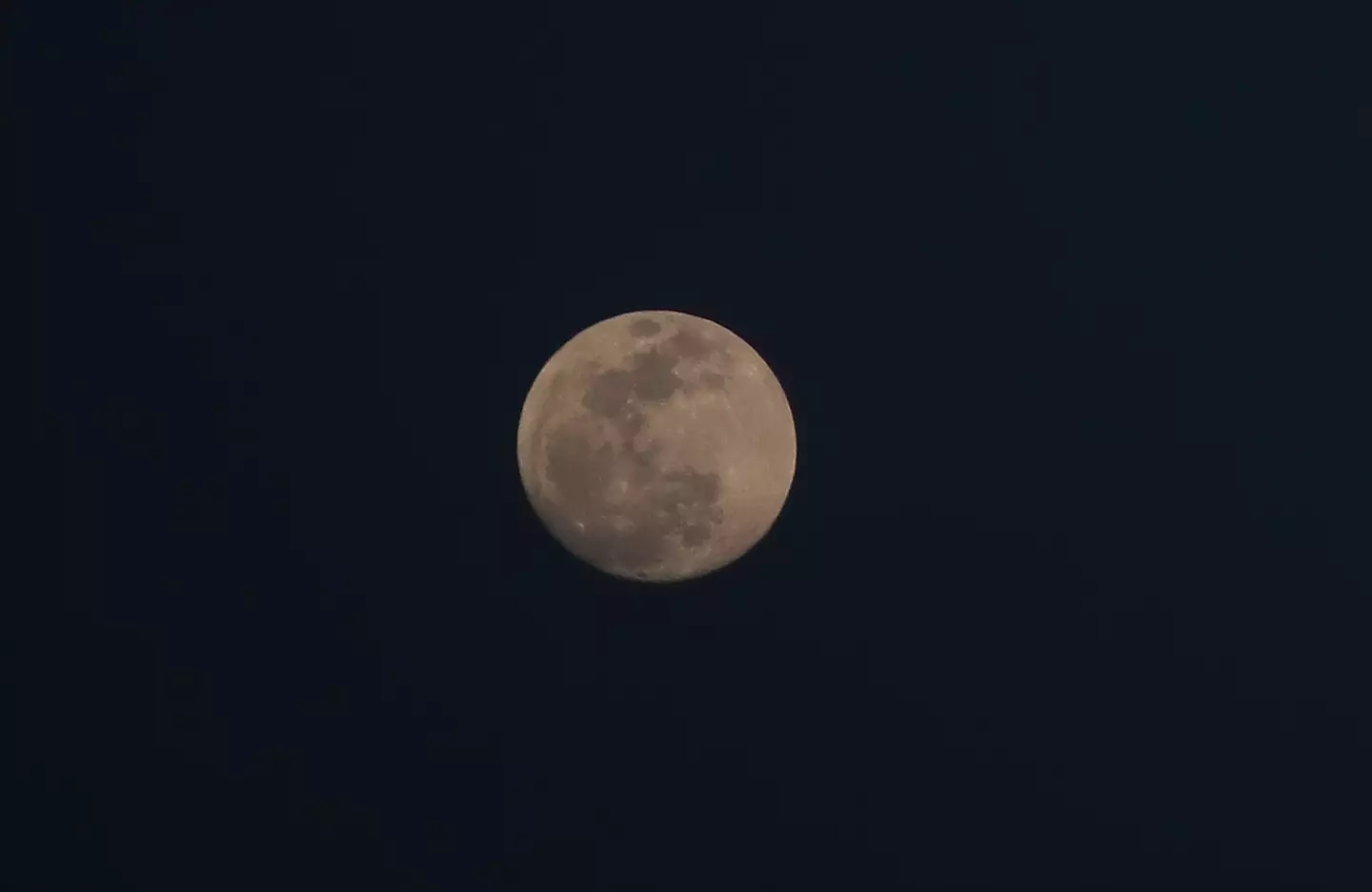The typical “Blue Moon” may have inspired a song, but this month, space is taking things to the next level with a rare “Super Blue Moon.”
Sounds pretty cool, right? It is, but I should warn you now that the moon will not actually be blue.
Instead, this moon gets its name from the rare constellation of three events: full moon, blue moon and supermoon.
The full moon
We all know the regular full moon – it occurs once a month, when the earth is between the sun and the moon and we see the round wheel of cheese shining brightly in all its glory.
While full moons can be beautiful, they are not quite as exciting as the other two events.
The Blue Moon
If you’ve ever heard the phrase “once in a blue moon,” you know that this second occurrence is quite rare.
Again, the moon does not turn blue in one night, but one of two things happens.
First, there are two full moons in one month because the lunar cycle is slightly shorter than our average month at 29.5 days. This type of blue moon occurs about every two to three years.
The second factor, and relevant to this month’s event, is the seasonal blue moon, when a calendar season includes four full moons instead of three.

The super blue moon will be visible for three days. (Ahmed Mosaad/NurPhoto via Getty Images)
The Supermoon
Finally, there is the additional element of the supermoon. This term refers to the part of the moon’s orbit where it comes a little closer to Earth, making it appear even more dazzling than usual.
The supermoon occurs about three to four times a year and can cause the moon to appear about 14 percent larger and 30 percent brighter than at its greatest distance from Earth.
How to see the super blue moon
If you’ve been paying particular attention over the past few hours, you may have spotted the super blue moon when it first appeared on Sunday morning (August 18).
Of course, it would have been nice if this rare sight had been in full effect over the weekend so stargazers could make the most of their observations, but instead it will reach its peak this afternoon (August 19) at 2:26 p.m. EDT.

The super blue moon appears larger and brighter. (Marcos del Mazo/LightRocket via Getty Images)
The good news is that the Super Blue Moon will be visible for a total of three days until Wednesday morning, giving astronomy enthusiasts a chance to make the most of its appearance.
Because the moon appears larger and brighter, you don’t need any special equipment to see it, although visibility is better when the sky is clear.
You definitely don’t want to miss this, because up to 20 years can pass between the encounter of a supermoon and a blue moon.
This time, the wait is a little shorter, but NASA has still predicted that the next super blue moon will not appear until January 2037.
Who knows what you’ll be doing by then, so don’t miss out!

